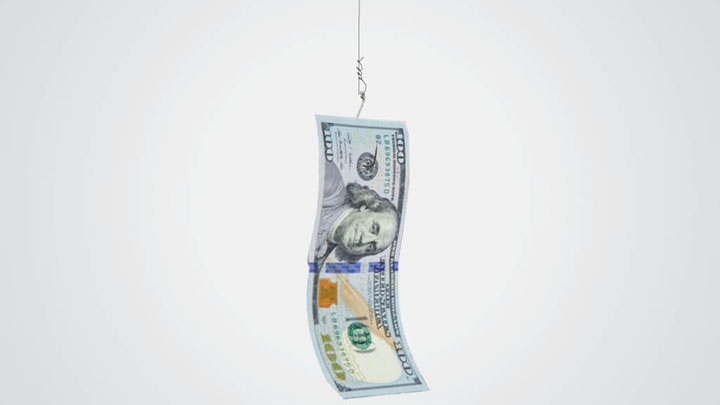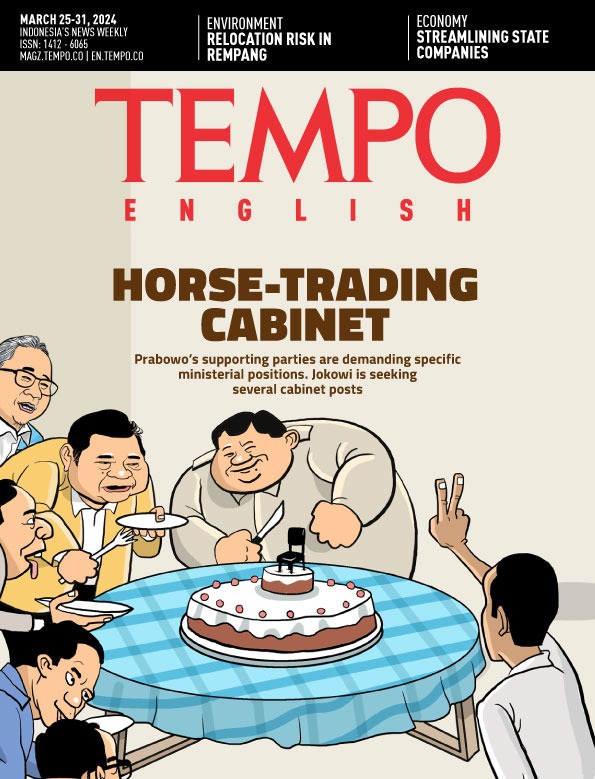TINA, Don’t Fight The Fed
Tuesday, June 9, 2020
arsip tempo : 171361631473.

THE United States dollar remains the only option for a global currency. There is no alternative (TINA). Also, do not go against The Federal Reserve. These are the two main doctrines that move financial markets these days.
Therefore, even as dozens of cities in America go up in flames, the market does not care. Even if negative growth is possible this year and thousands of companies will go bankrupt, the trend for stock prices in the New Yor
...
Subscribe to continue reading.
We craft news with stories.
 For the benefits of subscribing to Digital Tempo, See More
For the benefits of subscribing to Digital Tempo, See More









